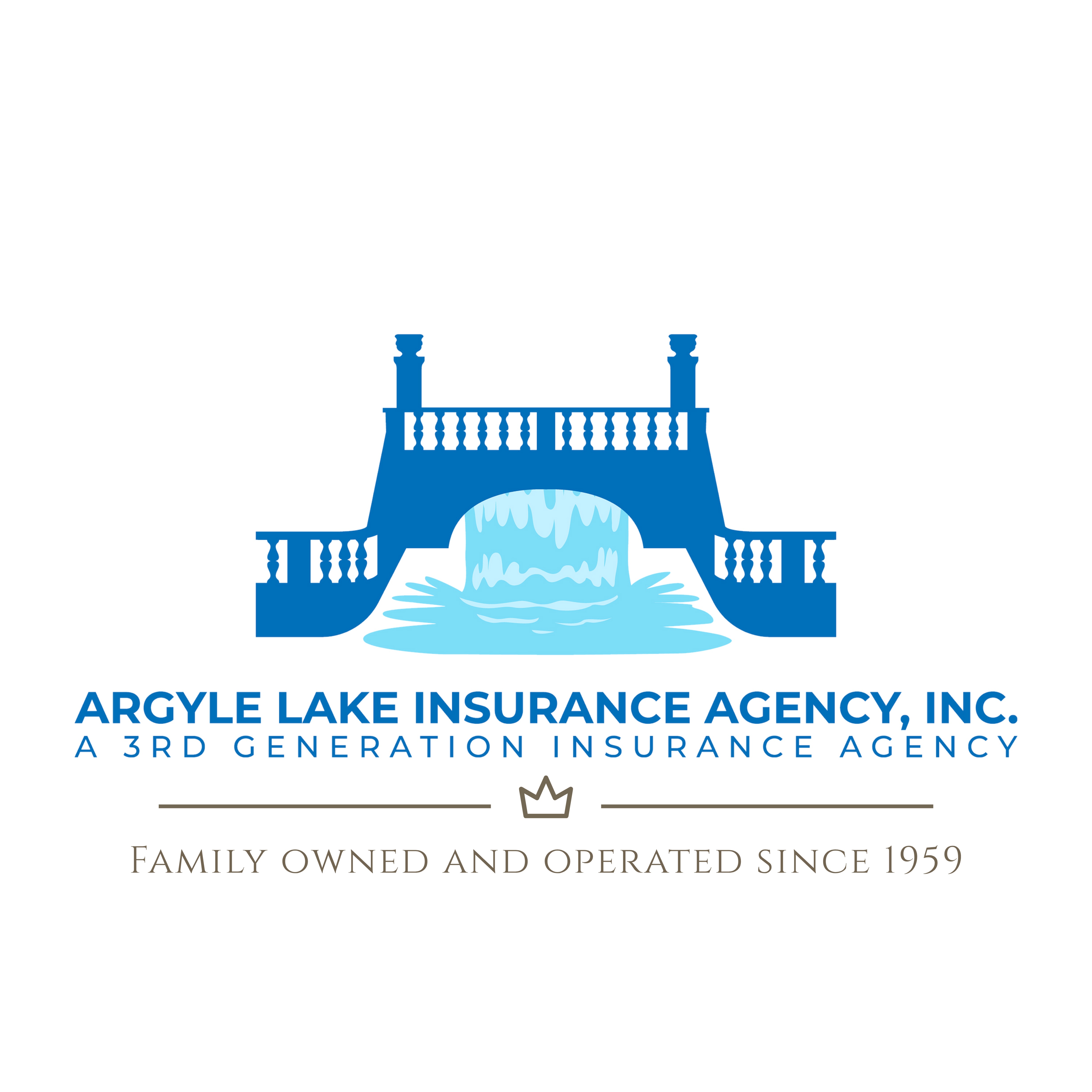Tips to Help Prevent Rear-End Collisions
- John Visgauss

- Sep 22, 2022
- 4 min read
Rear-end collisions are one of the most common types of car accidents, accounting for about one-third of all collisions in the United States. In 2017, they represented nearly 18% of all fatal collisions in the U.S., according to the Insurance Information Institute. Considering the frequency of these types of accidents, read on to avoid a potentially dangerous rear-end collision.

Rear-End Collisions: Common Causes
If you engage in the following behaviors, you may be putting yourself at risk of being involved in a rear-end collision:
Failing to pay attention to hazardous road conditions and posted speed limits.
Following other vehicles too closely.
Engaging in distracted driving, including texting or talking on the phone.
Participating in aggressive driving practices, including tailgating and brake-checking.
Failing to yield the right of way.
Choosing not to signal when you change lanes.
Driving too fast in slippery conditions, resulting in hydroplaning or failing to control your vehicle.
Generally speaking, the driver who rear-ends another vehicle is often found to be at fault, regardless of the number of cars involved. If you are the driver found to be at fault, you will likely be held responsible for property damage and medical bills resulting from the accident. In this situation, having collision coverage in addition to your liability coverage can be extremely important. Collision coverage pays to repair or replace your vehicle in the event that it is damaged in a collision, even if you are at fault.

Avoiding Rear-End Collisions
There are a number of safe driving practices that can help you to avoid this type of collision:
Avoid distracted driving practices, including texting, adjusting the radio or chatting with passengers. The number one cause of rear-end collisions is distracted driving.
Pay attention to the road in order to spot and react to approaching hazards, including traffic jams or construction zones.
Consider the weather conditions in which you are driving. Rain, snow and ice may decrease your ability to stop quickly.
If another driver engages in a risky driving behavior, remain calm. For example, if another car unexpectedly cuts you off, slow down and resist engaging in road rage. Along similar lines, control your urge to engage in aggressive driving, like speeding, slamming on the brakes and other dangerous practices.
Keep an eye on the drivers around you, including drivers who are engaging in distracted or aggressive behaviors. Stay aware of their movements, and you’ll be able to make a better effort to stay safe on the road.
Never drive under the influence of any substances, legal or otherwise. Certain medications, alcohol and drugs may impair your judgment and your ability to operate a vehicle or heavy machinery. If you are planning to consume alcohol, make sure you have a designated driver or use an alternative transportation method, like a taxi, Uber, Lyft or public transportation.
Avoid driving if you are tired. If possible, delay your trip or pull off to the side of the road and rest for a while. Sleepy drivers have a tough time paying attention and driving defensively.
Don’t tailgate, and keep plenty of distance between you and the car in front of you.

The Three-Second Rule: What Is It?
The three-second rule is a way to figure out how much distance you should keep between your car and the car in front of you. Keeping a safe distance between vehicles is the ideal way to make sure you have enough time to reach to a sudden stop and avoid a rear-end collision.
Here’s how the three-second rule works:
Select a stationary object, such as a tree street sign, or light post that is located ahead of the car in front of you.
When the car ahead of you passes that object, begin counting using the “one thousand one, one thousand two, one thousand three” counting method that many of us learned in elementary school.
If you pass the object before you finish counting, you are probably following too closely and need to slow down to increase your distance. If you pass the object after you finish counting, there is probably enough distance between you and the vehicle in front of you, in the event of a sudden stop.
If you’re driving in inclement weather, such as rain, ice or snow, you should increase the distance between you and the car in front of you – and as such, your count needs to increase. If you’re driving behind a large vehicle, such as a big-rig truck or emergency vehicle, you may need to increase your distance even further.
Keep Your Insurance Rates Low By Avoiding Accidents
If you have a safe driving record, you can avoid increasing insurance rates, and you could even qualify for a safe driver discount! Whether it’s driving safely to prevent accidents involving you or your passengers or helping keep your insurance premium low, it pays to engage in safe driving habits! If you have questions about whether you have the coverage you need to protect you in the event of a rear-end collision, reach out to your local National General insurance agent. We’re here to help answer any questions you may have, and will get you the coverage that fits your budget and lifestyle!




Comments